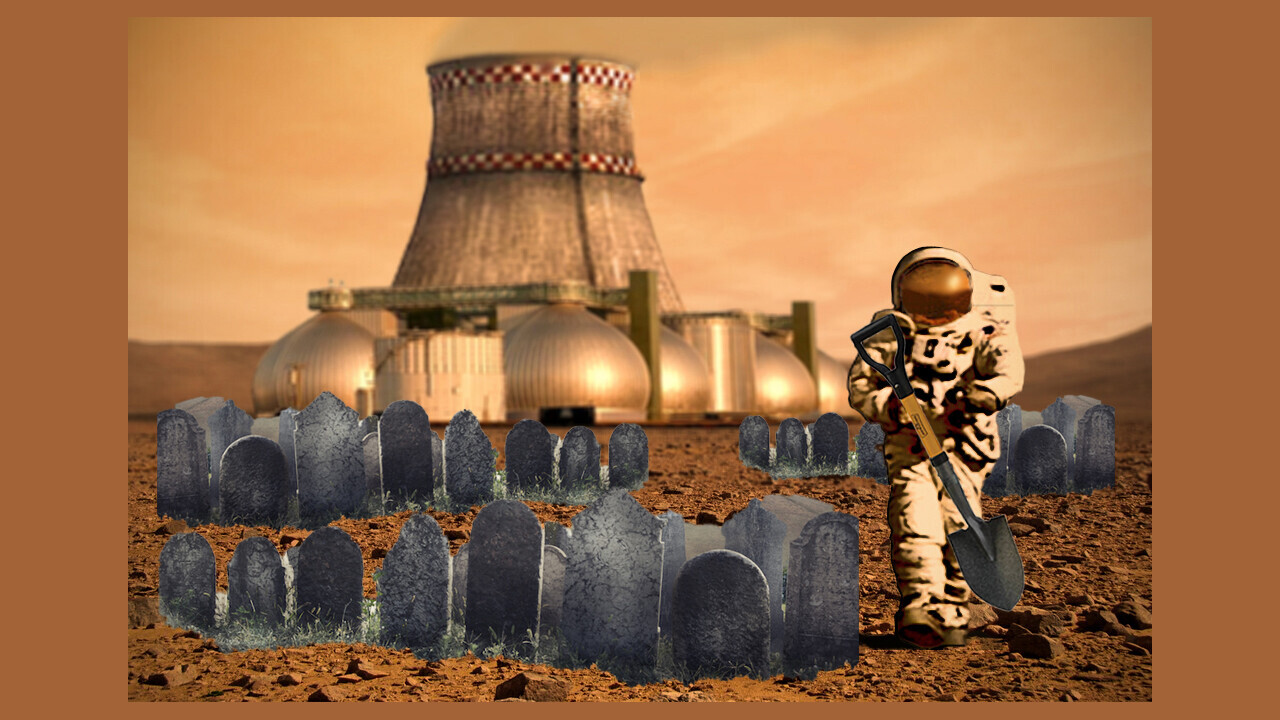All Articles for
Zero-Gravity
Weightlessness, or an absence of 'weight', is in fact an absence of stress and strain resulting from externally applied mechanical contact-forces, typically normal forces from floors, seats, beds, scales, and the like. Counterintuitively, a uniform gravitational field does not by itself cause stress or strain, and a body in free fall in such an environment experiences no g-force acceleration and feels weightless. This is also termed "zero-g" where the term is most correctly understood as meaning "zero g-force." When bodies are acted upon by non-gravitational forces, as in a centrifuge, a rotating space station, or within a space ship with rockets firing, a sensation of weight is produced, as the contact forces from the moving structure act to overcome the body's inertia. In such cases, a sensation of weight, in the sense of a state of stress can occur, even if the gravitational field was zero. In such cases, g-forces are felt, and bodies are not weightless. When the gravitational field is non-uniform, a body in free fall suffers tidal effects and is not stress-free. Near a black hole, such tidal effects can be very strong. In the case of the Earth, the effects are minor, especially on objects of relatively small dimension (such as the human body or a spacecraft) and the overall sensation of weightlessness in these cases is preserved. This condition is known as microgravity and it prevails in orbiting spacecraft.
